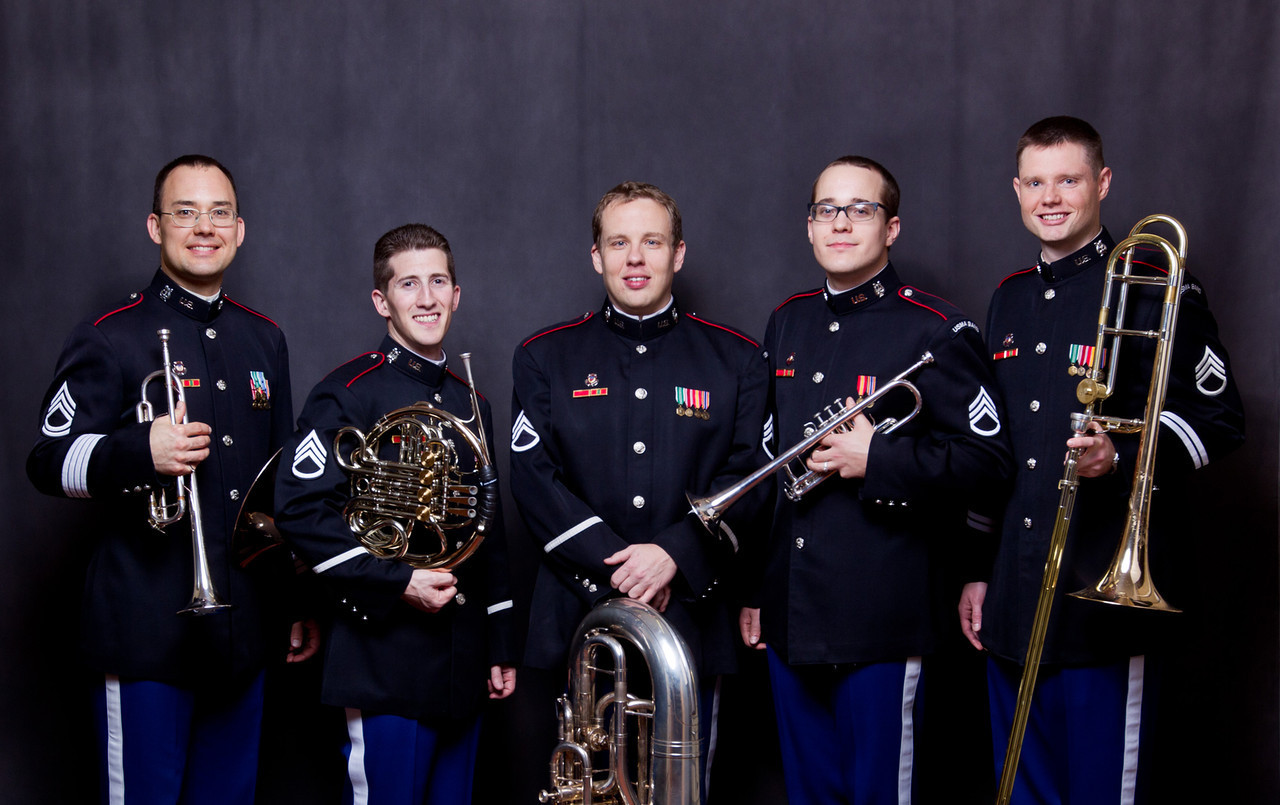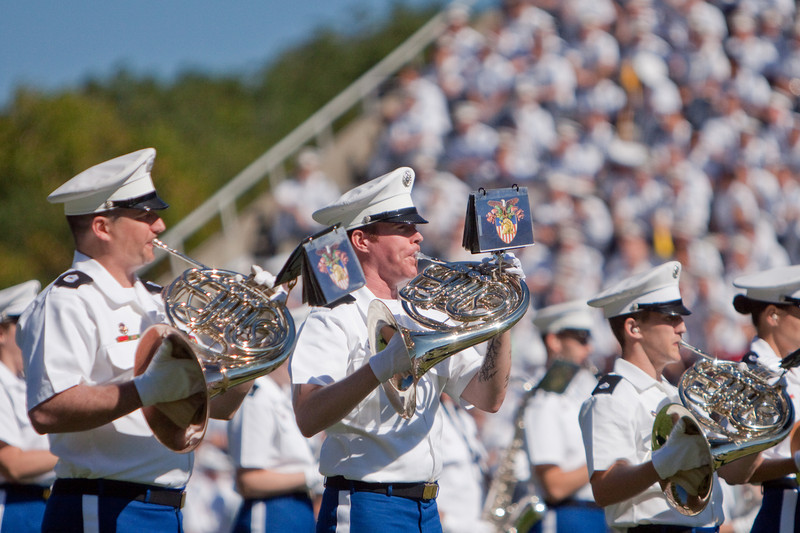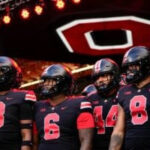Uniforms are the silent language of the military, instantly communicating volumes about identity, discipline, and tradition. For the United States Military Academy (USMA) Band at West Point, uniforms are not just attire; they are a symbol of their rich heritage and service. As a newcomer clarinetist in 2004 humorously learned, knowing the schedule and the uniform is paramount. Beyond the jest, this holds significant truth, particularly concerning the meticulous world of military dress. While musical performances might spark occasional nerves, the backstage discussions among these dedicated musicians often revolve around uniform intricacies: the whereabouts of medals, the color of trousers dictated for an event, or the ever-elusive belt. Many will attest that the most heart-stopping moments can be less about hitting the right note and more about those frantic pre-formation struggles with uniform components or the sudden dread of realizing forgotten white gloves when nearly at the parade field.
In the military context, uniforms serve a crucial purpose. They foster unit cohesion, setting apart branches, nations, and even distinct units within the same force. Beyond their visual appeal, the array of insignia, medals, patches, and stripes woven into these uniforms narrates the story of a military career. When the West Point Band performs for the public, inquiries about their uniforms frequently rival questions about their music itself, highlighting the profound interest and respect these garments command.
For daily duties and rehearsals, the band members don the standard Army uniforms – typically the ACU (Army Combat Uniform) or ASU (Army Service Uniform) Class B. However, performances unleash a diverse wardrobe of dress uniforms, meticulously assembled from a personal locker of interchangeable parts. These performance uniforms, designed for both concert halls and marching fields, are unique to the West Point Band. They have evolved over nearly two centuries, culminating in the distinguished ensembles seen today.
The Concert Blue and Full Dress Blue uniforms, iconic representations of the band, draw clear inspiration from the cadet marching uniforms and have maintained their present form largely since 1902.
The Iconic Concert Blue: A Symbol of Performance Excellence
The Concert Blue uniform is arguably the most recognized, synonymous with the West Point Band’s formal sit-down performances and concerts. This striking ensemble features a dark blue, high-collar coat adorned with medals, paired with blue trousers. In concert settings, female members have the option to wear a long blue skirt instead of trousers, offering versatility within tradition. This uniform extends its service to marching funerals and select outdoor ceremonies, where white gloves and a flat blue hat are added to complete the dignified appearance. (It should be noted, for practical reasons, skirts are exclusive to non-marching occasions.) The high-collar coat stands as the uniform’s defining feature, proudly displaying the “USMA Band” patch on the shoulder. The deep “Army Blue” hue and the red piping are historical nods to the colors of the Continental Army uniforms, bridging the past with the present.
 The Academy Brass Quintet wearing Concert Blue.
The Academy Brass Quintet wearing Concert Blue.
Decoding the High Collar: Stripes, Patches, and Rank Insignia
Intrigue often surrounds the high collar coat, prompting questions about the meaning behind its stripes, patches, and medals. Service stripes, positioned on the sleeves near the cuff, are white and quantify years of service. Each stripe represents three years, offering a visual representation of an individual’s tenure. A stripe-less sleeve indicates under three years of service, while sleeves heavily adorned with stripes speak to decades of dedication. Rank is displayed via patches located on the sleeves near the elbow. The West Point Band is primarily composed of Non-Commissioned Officers (NCOs), ranging from E-6 (Staff Sergeant) to E-9 (Sergeant Major), with officers, including conductors, distinguished by rank displayed on their shoulders.
Medals of Honor: Stories of Service and Commendation
The left side of the Concert Blue uniform is reserved for unit awards, highlighted by the Adjutant General Regimental Crest positioned above. This crest signifies the band’s affiliation with the US Army Adjutant General Corps, a branch with origins tracing back to 1775.
Among the unit awards, the red ribbon signifies the Meritorious Unit Commendation, bestowed upon the West Point Band in 1946. This honor recognized their unwavering dedication to duty, notably including their solemn performance at President Franklin D. Roosevelt’s funeral on April 15, 1946.
The red and green ribbon represents the Army Superior Unit Award, a collective honor granted to every unit at West Point in June 2010. This award celebrated the national recognition of the academy as “The Best College in America” by Forbes magazine and “The Top Public Liberal Arts College” by U.S. News and World Report, reflecting the collective excellence of the West Point community.
 Another picture of the Concert Blue uniform showcasing medals and stripes.
Another picture of the Concert Blue uniform showcasing medals and stripes.
The right side of the uniform showcases an individual’s service awards and personal decorations, narrating highlights from their military journey. Common to all band members are the National Defense Service Medal (red and yellow) and the Global War on Terrorism Service Medal (blue). The National Defense Service Medal is awarded for honorable service during periods of “national emergency,” including conflicts from the Korean War to the Global War on Terrorism. The Global War on Terrorism Medal recognizes service during the War on Terror, commencing on September 11, 2001. Additional medals vary, reflecting individual achievements and contributions. For a comprehensive overview of Army awards and decorations, resources like this guide provide detailed information.
The Sierra Uniform: Embracing Warm Weather Performance
The Sierra uniform is the designated attire for performances in warmer climates, suitable for both concert and marching settings, and occasionally seen at football games. While not always the epitome of comfort, the short-sleeved design offers considerable relief from the heat, a welcome alternative to the high-collar coat in sweltering conditions. The Sierra ensemble consists of a white, short-sleeved button-down shirt, a black belt, and blue trousers. The shirt mirrors the Class B duty shirt, bearing the nametag and shoulder boards indicating rank, albeit in white rather than gold. Distinctively, the Sierra shirt also accommodates the wearing of medals, bridging formality with practicality. The flat white hat completes this uniform, frequently seen at summer outdoor concerts and warm-weather military reviews.
 West Point Band in Sierra uniforms performing at Michie Stadium.
West Point Band in Sierra uniforms performing at Michie Stadium.
Full Dress Blue: The Pinnacle of USMA Uniform Grandeur
The Full Dress Blue uniform stands as the most elaborate and visually stunning of the West Point Band’s attire. It is also acknowledged as the most complex and time-consuming to assemble. Even seasoned band members often require a refresher on its intricacies as parade season approaches. This uniform begins with the high-collar coat, but uniquely, it is worn without medals.
The absence of medals on the coat is deliberate, creating space for the distinctive black wool pouch worn over the right shoulder, along with braided white cords and a white belt. White gloves and the “tar bucket” hat, officially known as the shako, complete this ensemble. The shako is distinguished by the USMA crest and a tall black plume. The Full Dress Blue uniform is reserved for formal reviews and select football games. While the “tar bucket” is saved for marching on the field, the more practical flat blue hat is often preferred when performing in the stands. This uniform can be paired with either blue or white trousers, offering variations in its presentation.
 West Point Band member in Full Dress Blue uniform with blue pants at MetLife Stadium.
West Point Band member in Full Dress Blue uniform with blue pants at MetLife Stadium.
Uniform Decisions: Matching the Occasion and Climate
The selection of which uniform to wear is a carefully considered decision, dependent on the event and context. For the West Point Band’s own events, such as concerts, the Concert Blue is typically chosen for indoor venues, while the Sierra uniform is favored for outdoor performances. However, when the band supports external ceremonies or events, the uniform choice aligns with the dress code of the primary participants. For instance, formal events calling for the Class A uniform will see the band in their Concert Blue. Similarly, ceremonies where participants are in ACUs will be matched by the band wearing ACUs. Events involving cadets, such as reviews and football games, dictate that the band wear a uniform equivalent to that of the cadets. Reviews and football game marching shows commonly feature either the Full Dress Blue or Sierra uniforms.
Weather conditions also influence uniform selection, although certain events maintain a fixed uniform regardless of the elements. Full military funerals, for example, are always conducted in the Concert Blue uniform, irrespective of temperature extremes. (It is worth noting that cold-weather gear, including an overcoat, is available for lower temperatures. In the heat, however, resilience and “Army Strong” spirit are essential!)
It is often remarked that audiences “hear with their eyes,” a phenomenon the West Point Band experiences directly. Impressions are formed even before the first note is played, shaped by the visual impact of their uniforms. The members of the West Point Band take immense pride in serving in the uniforms of the United States Army. This guide offers a deeper understanding of the significance and variety within the Usma Uniforms worn by the West Point Band, enhancing appreciation for their performances and service.
Words by Staff Sgt. Erin Beaver
Images by Staff Sgt. Torin Olsen


